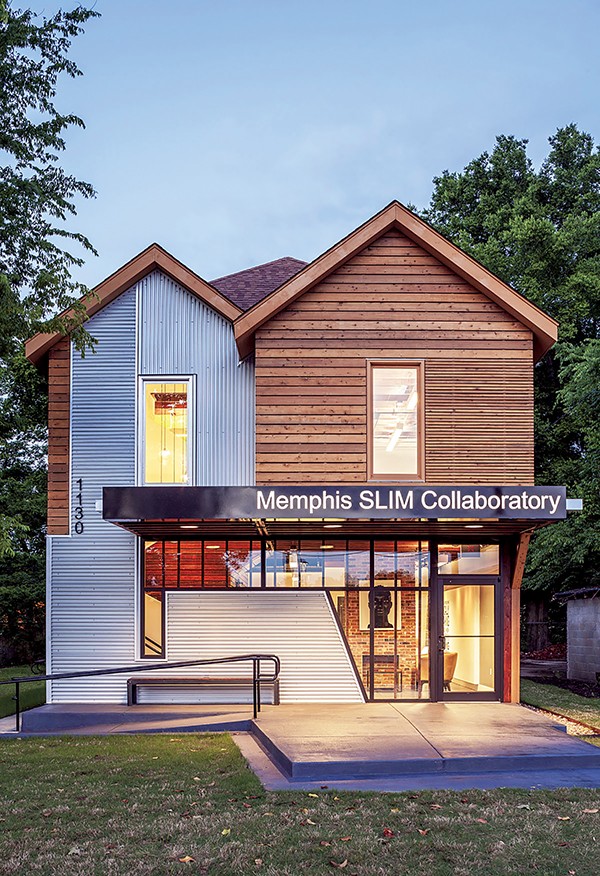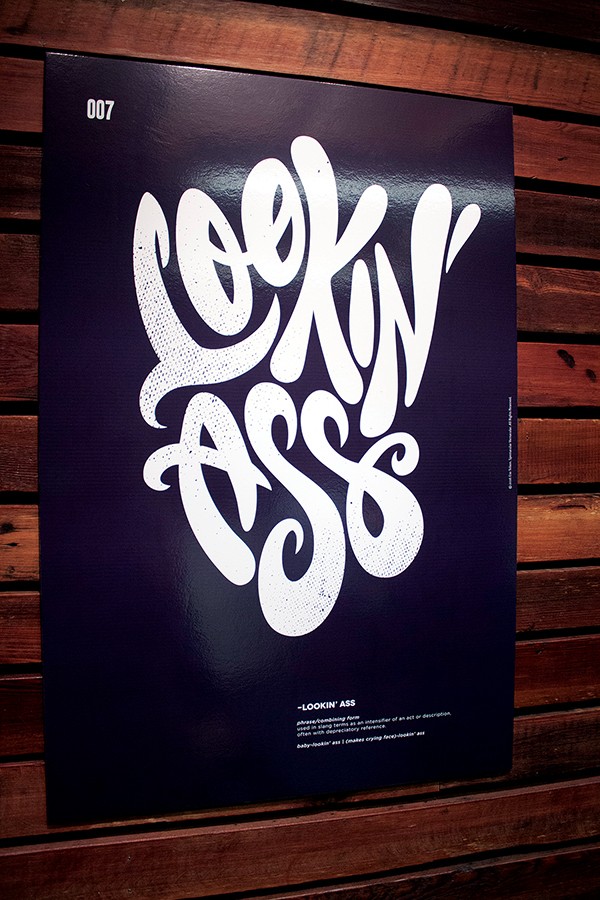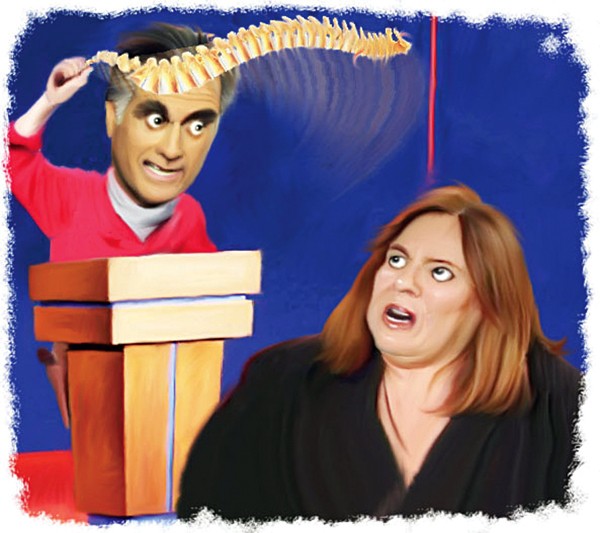Toni Morrison said that art must be beautiful and political. Nina Simone said that the responsibility of an artist is to reflect the times. James Baldwin said that artists exist to disturb the peace.
Artists set the tone for their cities’ cultural presence, and their work creates a lens for citizens to engage with tough issues facing their cities and their worlds. Memphis has never been a city devoid of amazing public art and talented artists, but I can’t be alone in feeling like we are beyond lucky to be witnessing Memphis’ arts renaissance — and the attendant art/artist resistance movements — right now.
We all know that Memphis is music. Music is protest and power, and our city’s musicians are producing some extraordinary sounds. My own musical predilections trend toward hip-hop, R&B, and soul, all genres that my ancestors used to reason and reckon with their realities. Marco Pavé’s Welcome to Grc Lnd promises to be a soul-stirring, historical look at resistance and existence in Memphis. IMAKEMADBEATS and his Unapologetic crew have been working for years to provide some nextwave musicology to the Memphis scene, and his work is without peer. Collectives like the PRIZM Ensemble not only craft moving works of musical art, but give us a glimpse of an inclusive musical revolution. The Soulsville Festival and Memphis Slim House serve as incubators of new, grassroots celebrations of Memphis’ eternal musical spirit and the communities that bear that spirit. Angel Street, the Memphis Music Initiative, and the Stax Music Academy ensure that Memphis’ children will carry that spirit of musical reckoning and resistance onward.

Art of resistance
Memphians’ artistic commitment to resistance goes beyond music. A beautifully hued photo of dancers from the Collage Dance Collective recently went viral and showcases Collage’s commitment to inclusivity in their troupe. This photo, alongside their RISE performance, show us what dance as an inclusive form of artistic resistance truly looks like.
The Baobab Filmhouse and Hattiloo Theatre show the complexity of existence for people of color throughout history and dare to imagine stories for them that do not rely solely on their pain.
The Indie Memphis Film Festival brings a diverse array of films and filmmakers to our city every year. Spaces and collectives that focus on multidisciplinary works of art — like the CLTV, Centro Cultural, the Memphis Black Arts Alliance, Young Arts Patrons, and story booth — provide space for Memphians to engage critically with art that challenges their perceptions of their place in the world and of art itself. The events that these collaboratives present, such as the Young Arts Patrons’ Young Collectors event, Centro Cultural’s Tamale Fest, and the CLTV’s Black in Amurica, spotlight collective cultural resistance to forces that would erase or oppress not just artistic production, but the rights and personhood of these community members. Each of these spaces spotlights talented local creators.
Gallery spaces like the Orange Mound Gallery, Memphis Slim House, Crosstown Arts, and the Memphis College of Art allow for public consumption of paradigm-challenging work from artists like Fidencio Fifield-Perez, Kong Wee Pang, Vanessa González, and Darlene Newman.
Andrea Morales’ photography gives us an unabashed glimpse at what Memphis-style grit actually looks like, and Ziggy Mack’s ephemeral shots provide a vision of Memphis’ best people and our alternative futures.
Joseph Boyd’s “It’s Beautiful Where You Are” and Vitus Shell’s “Protect Her” center black women as subjects of and inspiration for our collective struggle (94 percent of black women voted against our current political quagmire). Siphne Sylve’s art graces various areas of the city and proclaims a deep sense of love and pride for Memphis. Jamond Bullock’s murals provide much needed whimsy and color to everything they touch. Michael Roy’s engrossing work can be found from downtown high-rises to coffeehouse bathrooms and grants his unique complexity to a wide range of subjects.
The written and spoken word is important in determining what resistance looks, reads, and sounds like. Dr. Zandria Robinson’s “Listening for the Country,” featured in the Oxford American, invited readers to take a trip into an emotive space that helps citizens remember their essential humanity as they struggle with systems.
Public readings like the recent Writers Resist event, The Word, and Impossible Language reinforce that Memphis is full of revolutionary writers. Jamey Hatley and Sheree Renée Thomas are award-winning authors who dare us to address our pasts and consider our roots. The works of Memphis authors and poets like Courtney Miller Santo, Margaret Skinner, David Williams, Ashley Roach-Freiman, and Aaron Brame help us discover how deeply our shared experiences and histories connect us. And the work of those who balance writing with community building, writers like Richard Alley and Nat Akin, help us to see a way forward.
During times like these, when every day feels like an assault on our rational sensibilities, art helps us make sense of the swamp. It is only right that we, as Memphians, do our part to support these folks whose works help us right ourselves, mentally and emotionally. Artists, and the organizations that support them, need your help. Pay artists what they are worth. There is no reason why our city’s most talented and dedicated creatives and the organizations that support them should face so many financial roadblocks, given how much they contribute to our city’s well-being. If your resistance does not account for our artists and their art, then you should reconsider your resistance.
Troy L. Wiggins is a Memphian and writer whose work has appeared in Memphis Noir anthology, Make Memphis magazine and The Memphis Flyer.



 Greg Cravens
Greg Cravens